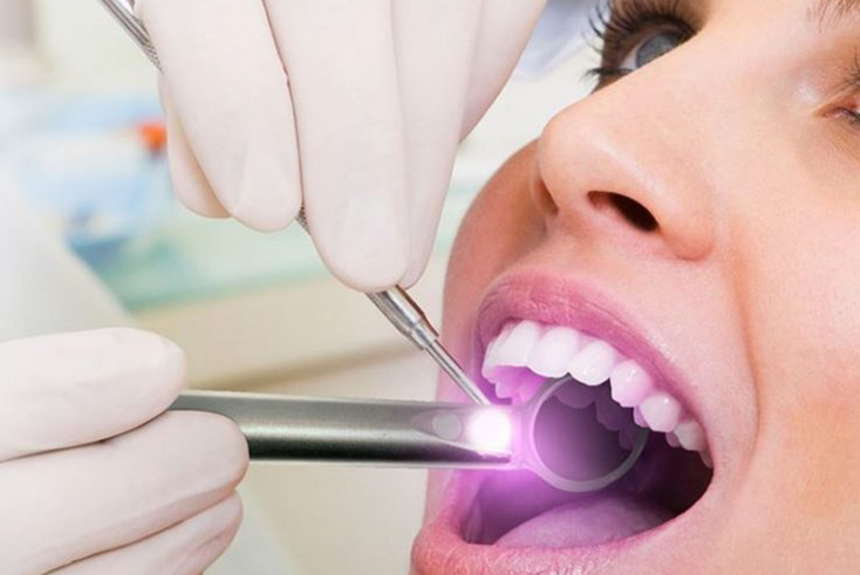Oral Cancer Screening
How much do you know about oral cancer? Knowledge is power.
Take the test and learn how you can reduce your risk for oral cancer. (Circle true or false)
- Oral cancer may be transmitted through sexual contact. T / F
- Oral cancer is diagnosed 3X more commonly than cervical cancer and is responsible for 3X as many deaths of Canadians per year. T / F
- Occasional cigar smoking combined with alcohol use does not pose a significant risk to developing oral cancer. T / F
- Daily intake of recommended servings of fruits and vegetables may reduce your risk of oral cancer. T / F
- Oral cancer is the 9th most commonly diagnosed cancer in Canadian males and the 14th for Canadian females. T / F
- Having multiple sexual partners does not increase the risk of developing oral cancer. T / F
- Oral cancer is on the increase in younger populations who do not smoke cigarettes or consume alcohol. T / F
- Smokeless tobacco products do not present any increased risk for development of oral cancer. T / F
- Early discovery can increase the 5-year survival rate from 50% to close to 90%. T / F
- Annual oral cancer screening examinations performed by a dental hygienist are critical to early discovery of oral cancer. T / F
Did You Know?
Get The Facts:
- There are three times as many cases of oral cancer compared to cervical cancer and three times as many oral cancer deaths every year.
- Oral cancer can be sexually transmitted. The culprit is the human papillomavirus (HPV), which also causes cervical cancer in women. You can have HPV without ever knowing it because the virus often has no noticeable signs or symptoms. Most people will clear the virus naturally and never know that they were exposed or had it. The virus can lie dormant for years.
- The fastest growing new patient profile are non- smokers in the 25–50 age range. White, non-smoking males between the ages of 35 and 55 are most at risk, 4 to 1 over females.
The Good News
You Can Reduce The Risk:
- Eliminate use of tobacco products and avoid excessive alcohol consumption.
- Avoid combining tobacco and alcohol use.
- Eat a well-balanced diet with recommended servings of fruits and vegetables.
- Avoid unprotected exposure to the sun.
- Limit number of sexual partners to reduce risk of HPV infection.
- Consider the HPV vaccination before becoming sexually active.
- Have regular dental hygiene visits including oral cancer screenings.
What To Look For?
- Red or white patch in the mouth.
- Lump or thickening of tissue in the mouth, neck or face.
- Sore in the mouth, including under a denture or appliance, which bleeds easily or does not heal within 14 days.
- Numbness in the mouth or face.
- Persistent earache in only one side.
- Continuous sore throat or persistent infection that lasts for a long time or recurs.
- Hoarseness or change in speech.
- Pain or difficulty swallowing, speaking, chewing or moving the jaw or tongue.
- A lump in the throat or feeling that something is caught in the throat.
Reference:
https://www.dentalhygienecanada.ca/pdfs/education/OCS_FactSheet_2015.pdf

